One of the rarest volcanoes is Ol Doinyo Lengai (which means Mountain of God in Maasai). Tanzania’s highest active volcano, at 2,980 metres (and still expanding), is half the height of Kilimanjaro, but it remains one of the world’s most intriguing mountains.
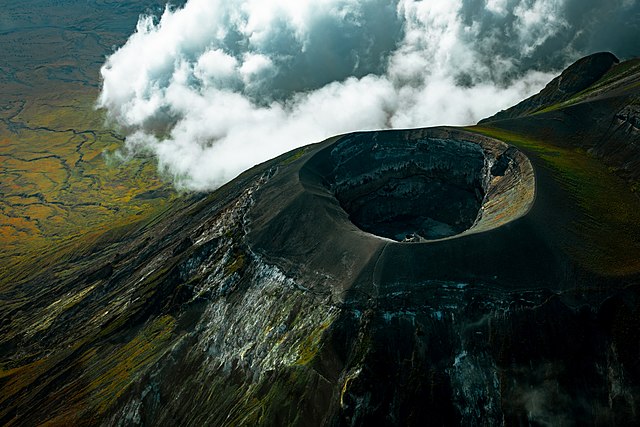
Location:
Ol Doinyo Lengai, the Masai’s sacred mountain, rises over the lonely plains south of Lake Natron in Tanzania’s Arusha region at little under 3000 metres above sea level.
Also Read: The Red & Beautiful Lake Natron can turn you into statue
It is a sacred mountain in Maasai country, located in northern Tanzania just south of Lake Natron in the Rift Valley, in the heart of Maasai territory. The hot, arid salt plains of Lake Natron stretch into the horizon as seen from its top crater. The crater Highlands and the Ngorongoro Game Reserve are located to the south. The eastern horizons are dominated by Kilimanjaro, while the western slopes of the Rift Valley are dominated by forested escarpments and hills. Lengai erupts every seven years, sending plumes of smoke pouring from the crater.
The volcano is noted for being close to some of the most important paleoanthropological sites on the planet. Ol Doinyo Lengai lies around 70 miles from the famous Olduvai Gorge, which contains 3.6-million-year-old hominid footprints at Laetoli. The mountain is also close to the Engare Sero site, which contains a “dance hall” of ancient Homo sapiens footprints.
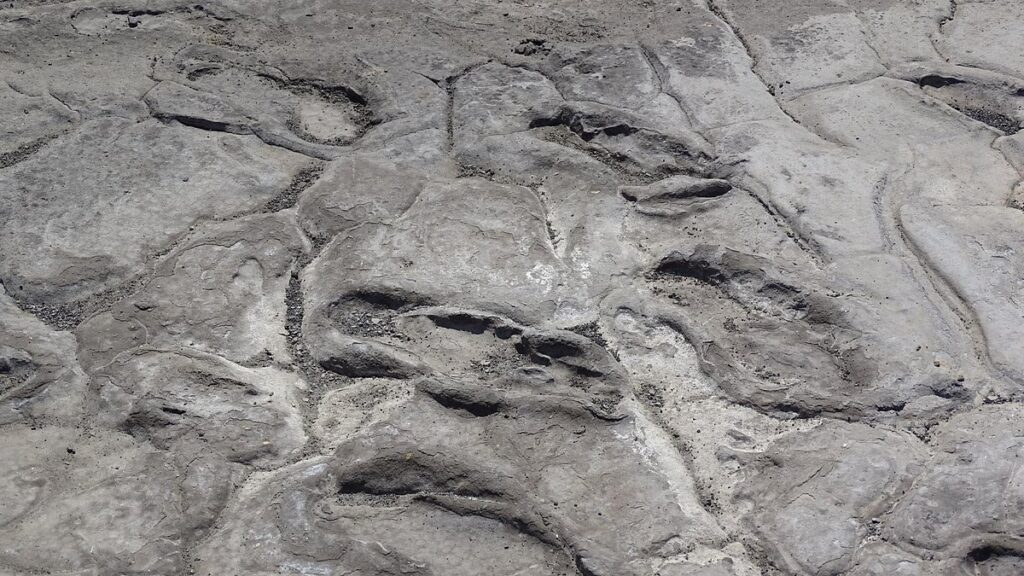
Dance Hall near Mountain of God:
Scientists uncovered hundreds of old footprints preserved in a mudflat in the village of Engare Sero for the past 19,000 years, just a few kilometers from the peak. The scientists dubbed one location the “dancing room” since it has so many footprints.
The Engare Sero imprints, as it turns out, exist solely because a volcanic event occurred between 5,000 and 19,000 years earlier.
An influx of volcanic mud swept down of Ol Doinyo Lengai’s sides by rains at the time, resulting in extensive mudflats on the Lake Natron shoreline that ancient humans walked through within hours to days of the occurrence. The dried footprints were then filled in with a second surge of material, which preserved them.
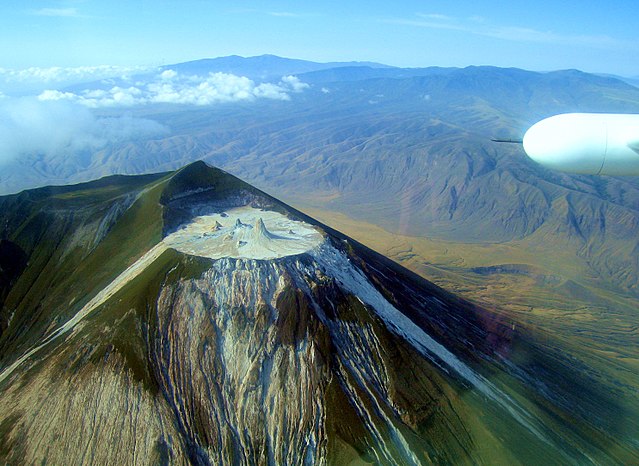
What makes this mountain so unique?
Ol Doinyo Lengai is well-known among geologists for producing natro-carbonatite lava. It is the world’s only known active volcano erupting this type of lava. It is more easily differentiated by its colour, which is thinner and more fluid than the bright red lava rich in silicate minerals. The lava of Ol Doinyo Lengai is black.
2. The unique black colour is due to the composition of the erupting material and the relatively low temperature at which it occurs. The basalt-based lava erupting from Hawaiian volcanoes reaches temperatures of over 1100 degrees Celsius. On the other hand, the eruption of the Mountain of God appears to be quite cold at around 510 degrees Celsius.
3. The lava turns white when it comes into touch with moisture. With untrained eyes, you may think Ol Doinyo Lengai’s peak is covered in snow. But it’s actually black lava turning white.
4. The volcano’s activity is usually limited to its top. The Mountain of God, on the other hand, can erupt in a more dramatic form every now and then. On September 4, 2007, the volcano ejected a plume of ash that reached at least 11 miles downstream. Burn marks created by lava flowing down the north and west flanks were visible from orbit.
5. It has also developed a ring of side vents around its cone. The volcano’s sides are pierced by active and ephemeral stream channels, the bulk of which feed into Lake Natron.
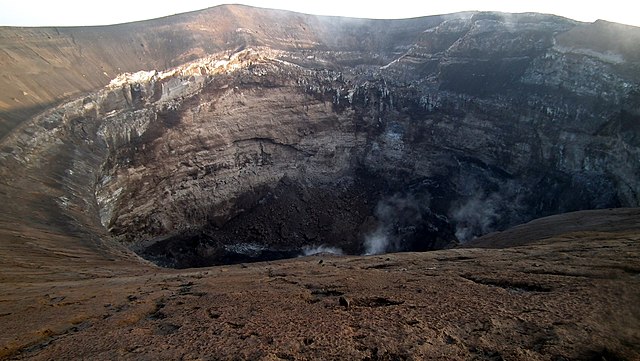
To elaborate, consider the following:
It’s the only spot on the planet where carbonatite lava erupts. And it’s some of the oddest stuff you’ll ever see. These lavas are unlike any other, containing high levels of calcium, sodium, and carbon dioxide, which contributes to some of the eruptions’ peculiar characteristics.
Carbonatites are magmas that are rich in alkali elements such as calcium, sodium, and occasionally potassium, as well as carbon dioxide. The majority of terrestrial magma is silicate, which means it is made up of connected silicon and oxygen chains. Even “low silica” magma, such as basalt, has 45 percent silica (SiO2), whereas “high silica” magma, such as rhyolite, contains more than 70 percent silica.
These carbonatite magmas (which are mostly composed of CaCO3 — calcium carbonate) are now so saturated in alkali elements that they contain only a few to a quarter weight percent silica! Instead, calcium and CO2 make up the majority of the magma’s mass (and in the case of Ol Doinyo Lengai, sodium).
This has substantial ramifications for the magma’s behaviour. Even the runniest basaltic lava is quite viscous. Those chains of silica in silicate magma give it some of its strength, where even the runniest basaltic lava is, in fact, highly viscous.
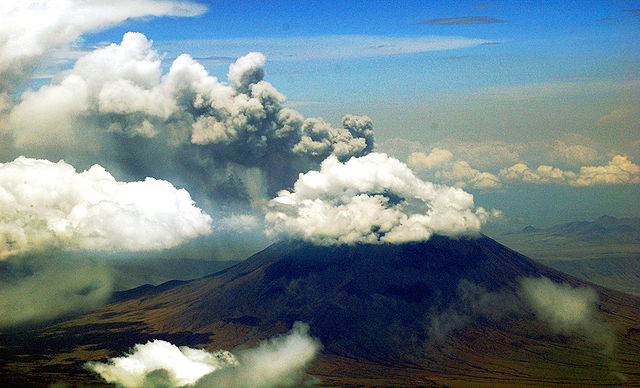
“Garden Hose” emissions from the Volcano
Carbonatite magma, on the other hand, can have a far lower viscosity because of the absence of the silica chains. This allows for odd “garden hose” eruptions like those seen in the crater of Ol doinyo Lengai.
Carbonatite magma erupts at substantially lower temperatures than silicate magma due to its lack of structure and composition. Carbonatite lava erupts around 480-590oC, whereas ordinary basalt erupts at 1100-1200oC. Even the coolest silicate magmas are likely a few hundred degrees cooler (rhyolite).
Even the weathering of carbonatite lava differs from that of silicate lava. They are made up of carbonate minerals like calcite (or even weird minerals like nyerereite and gregoryite), which break down swiftly when exposed to water or even a humid environment.
This gives Ol doinyo Lengai its distinctive coloration. The Mountain of God erupts black to grey lavas but turn stark white after cooling in the weather.
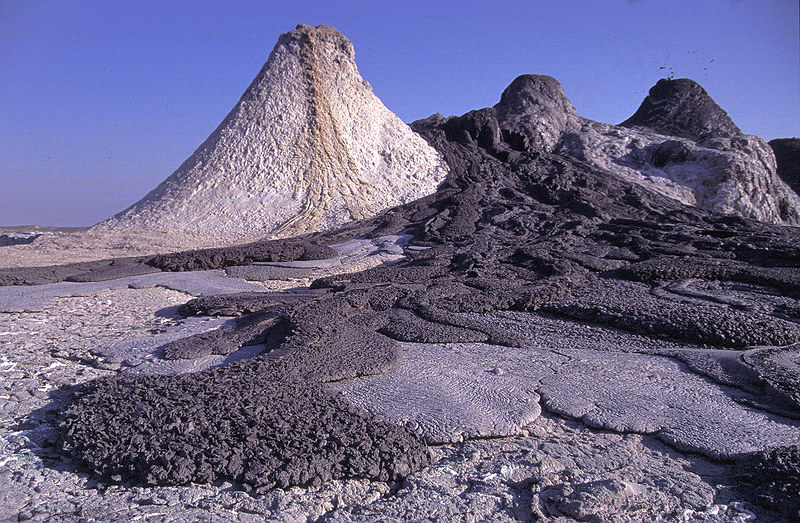
But what if I attempt to climb the Mountain of God and it begins to erupt lavas? Is it possible for me to outrun it?
Most lava flows across a flat plateau at rates of less than 10 kilometres per hour (about 6 miles per hour). Ol Doinyo Lengai’s lava can easily outrun a human’s running speed. Thus it’s a good thing it only happens erupts once in a while.

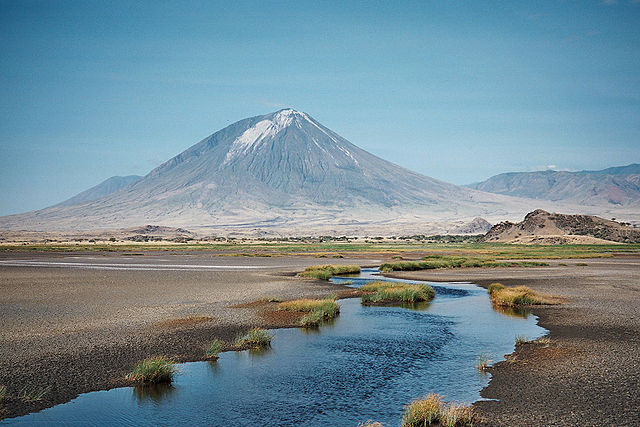
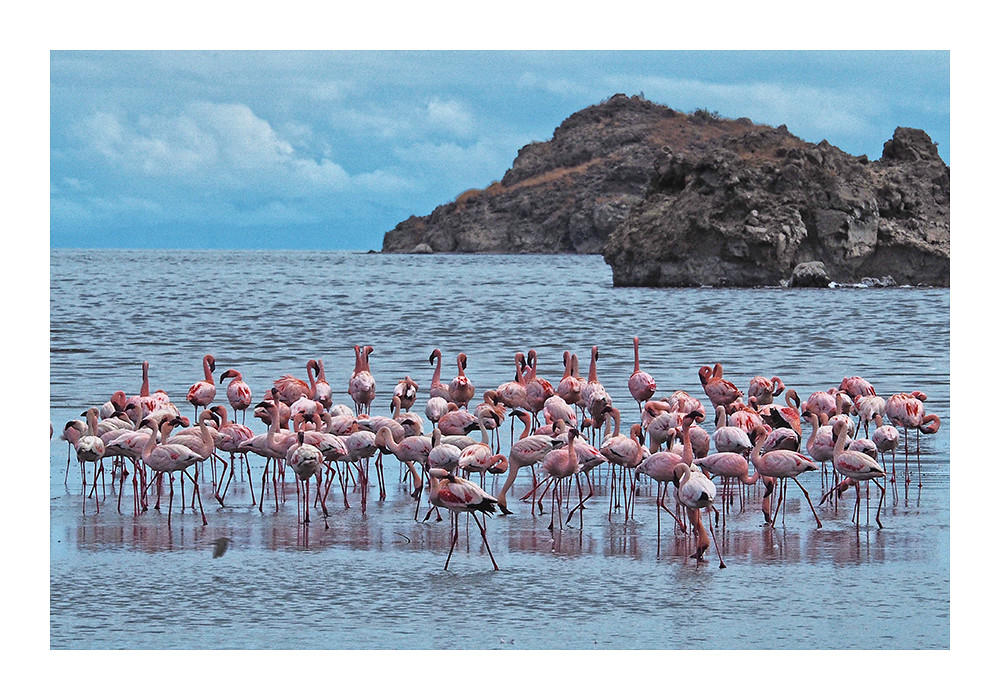
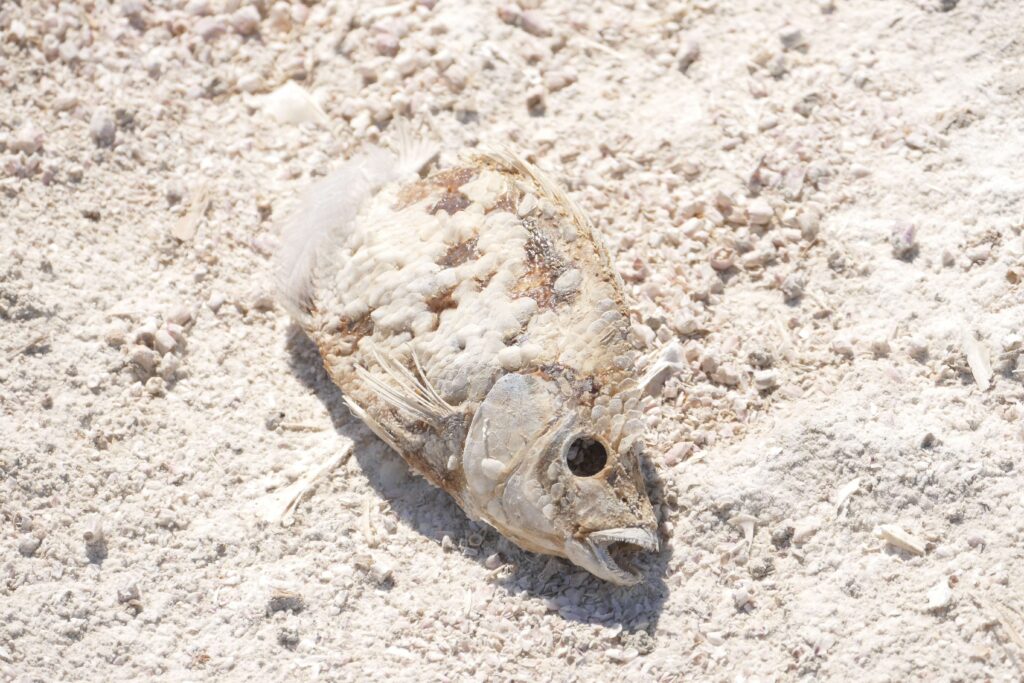

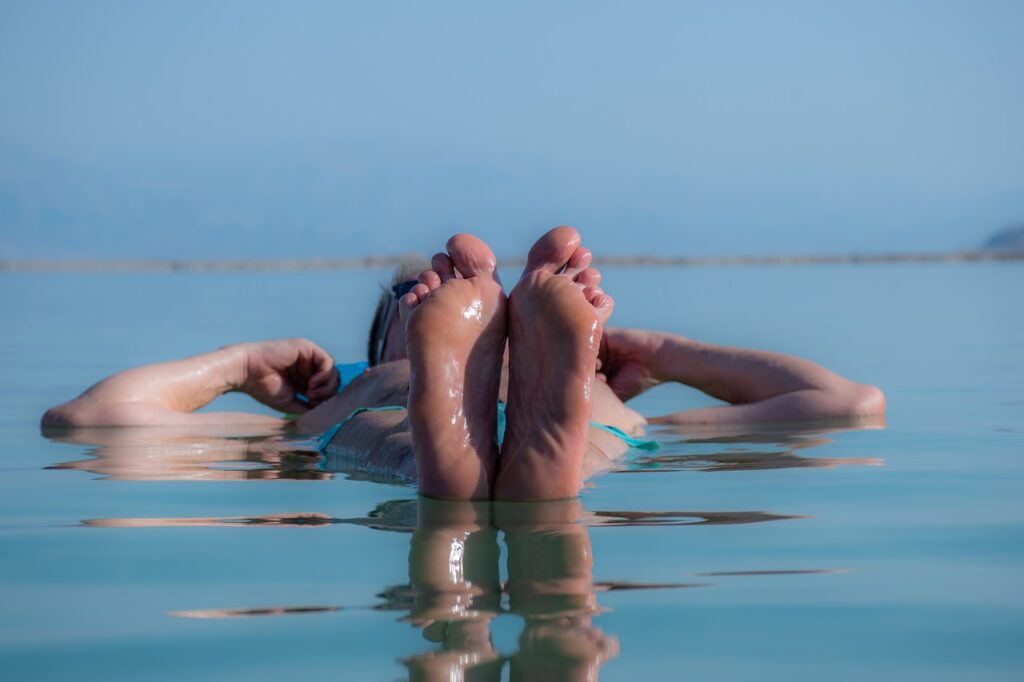
Pingback: The Red & Beautiful Lake Natron can turn you into statue | Niripto
Pingback: Lake Natron: The Dangerous, Beautiful and Dying Lake | Niripto